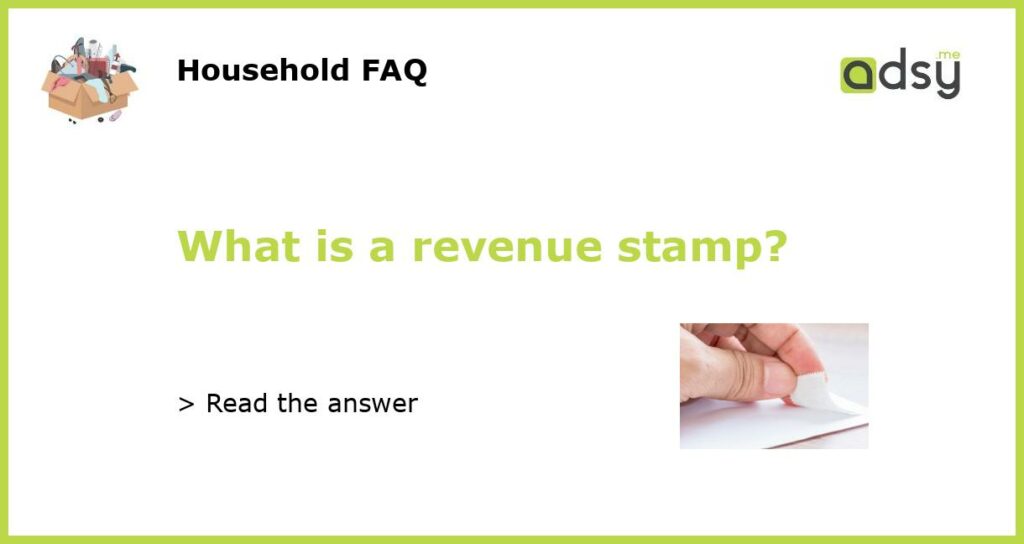What is a revenue stamp?
A revenue stamp is a small piece of paper, sometimes with an adhesive backing, that is issued by a government to prove that certain taxes or fees have been paid. These stamps are often affixed to legal or financial documents, such as deeds, contracts, and bonds, to show that the transaction has been properly taxed. Revenue stamps can also be used on products that are subject to excise taxes, such as tobacco and alcohol.
The history of revenue stamps
The use of revenue stamps dates back to the 17th century, when governments were looking for ways to raise additional revenue. The first revenue stamps in the United States were issued in 1862, during the Civil War, to help fund the Union’s war effort. Revenue stamps have been used by many countries, including the United Kingdom, France, India, and Brazil. They were also commonly used in the state of New York until the practice was ended in 1999.
Why use a revenue stamp?
Revenue stamps are used to provide proof that a tax has been paid. They can be used by governments to track financial transactions and collect taxes more efficiently. Revenue stamps can also be used to deter fraud, as they make it more difficult to alter documents without leaving evidence of tampering. In some countries, revenue stamps are also used as a way to raise money for charities or other public causes.
The design of revenue stamps
Revenue stamps can vary greatly in their design depending on the country or government issuing them. Some stamps feature portraits of famous people, while others have intricate patterns or drawings related to the product or service being taxed. Some stamps may also have security features, such as watermarks or holograms, to prevent counterfeiting.
The future of revenue stamps
The use of revenue stamps is still common in many countries, but with the rise of electronic payments and digital records, their use may decline in the future. However, revenue stamps are still seen as an important tool for governments to track financial transactions and collect taxes. The design of revenue stamps may also continue to evolve, with new security features being added to prevent fraud and counterfeiting.






